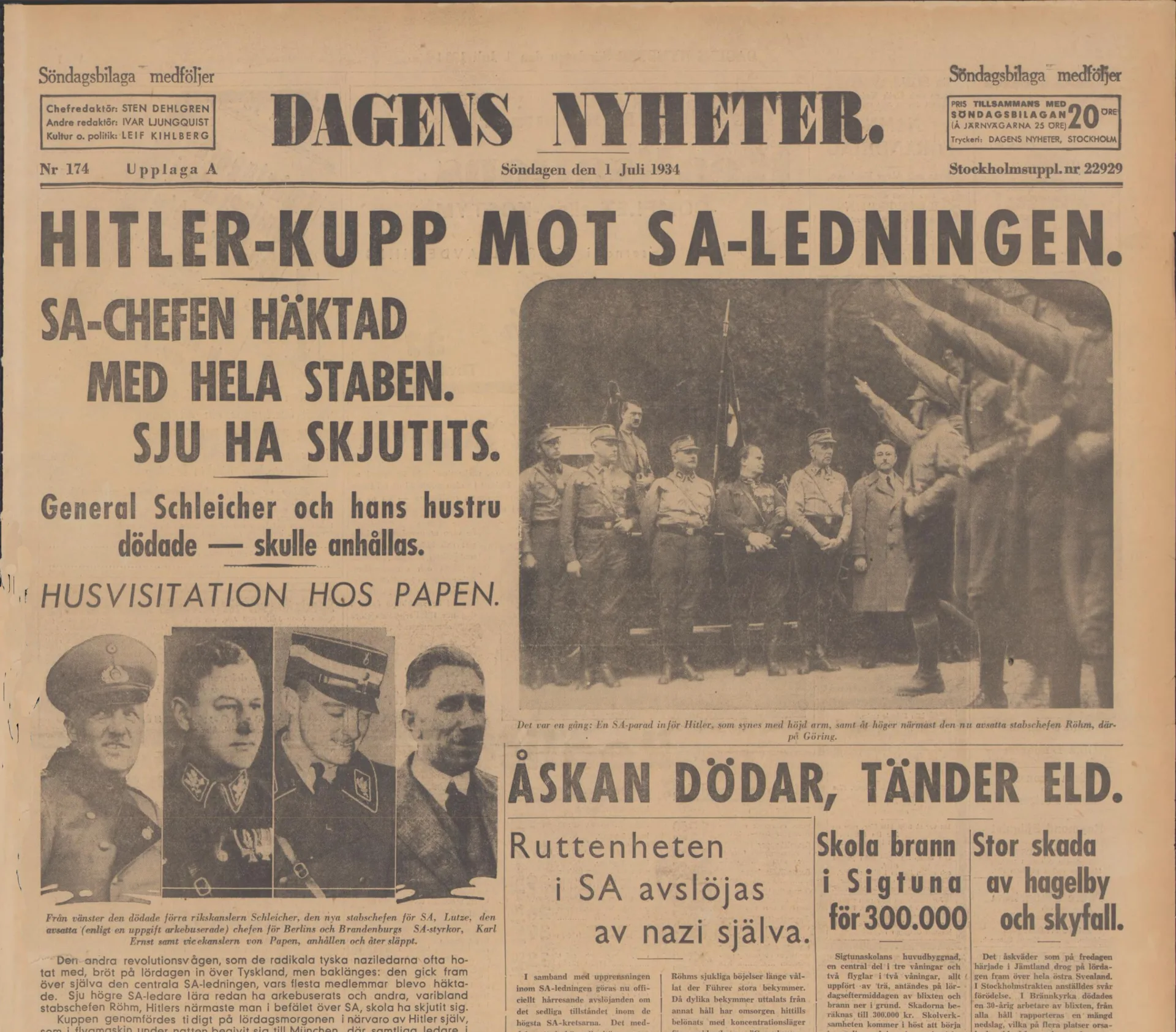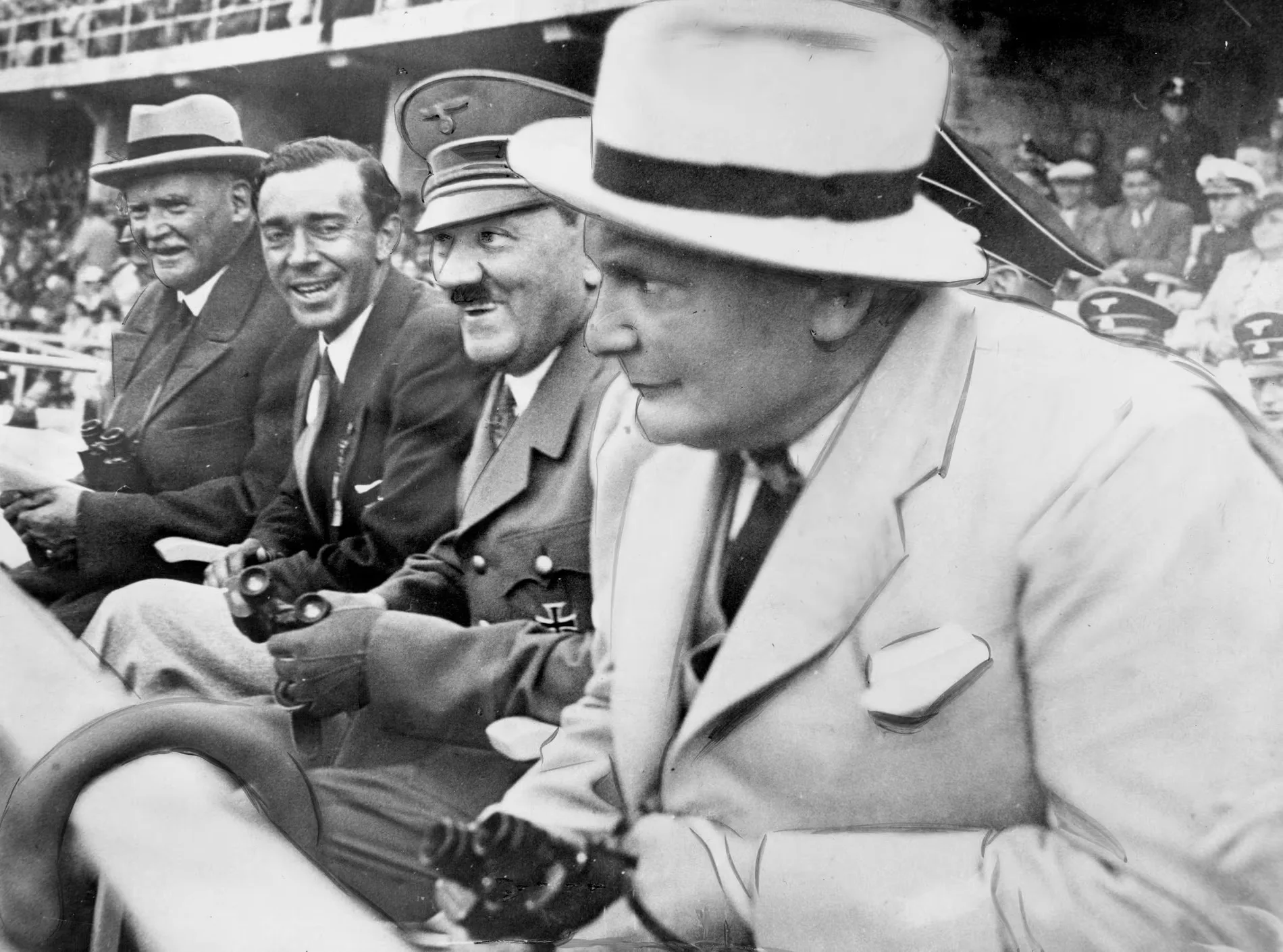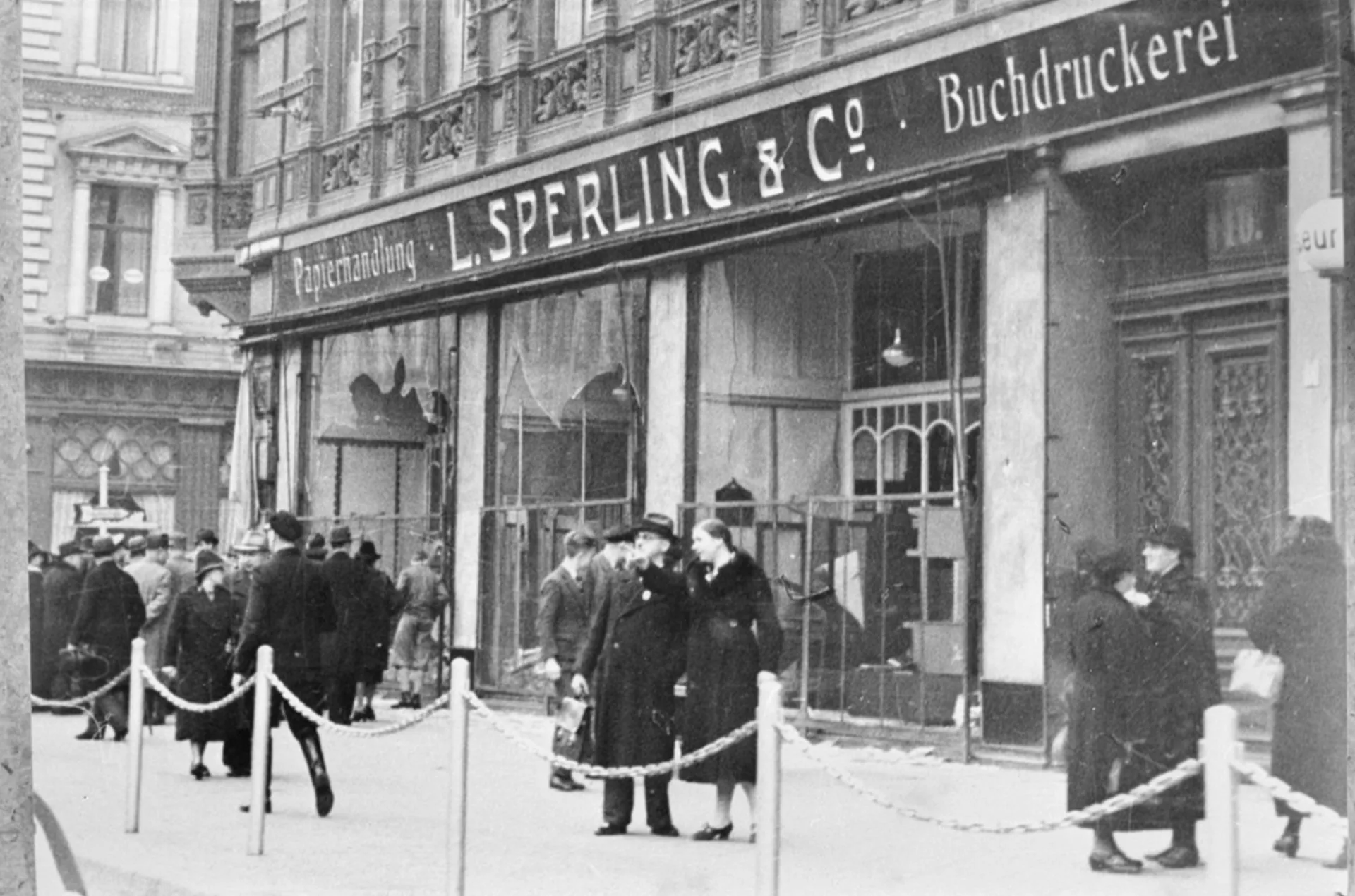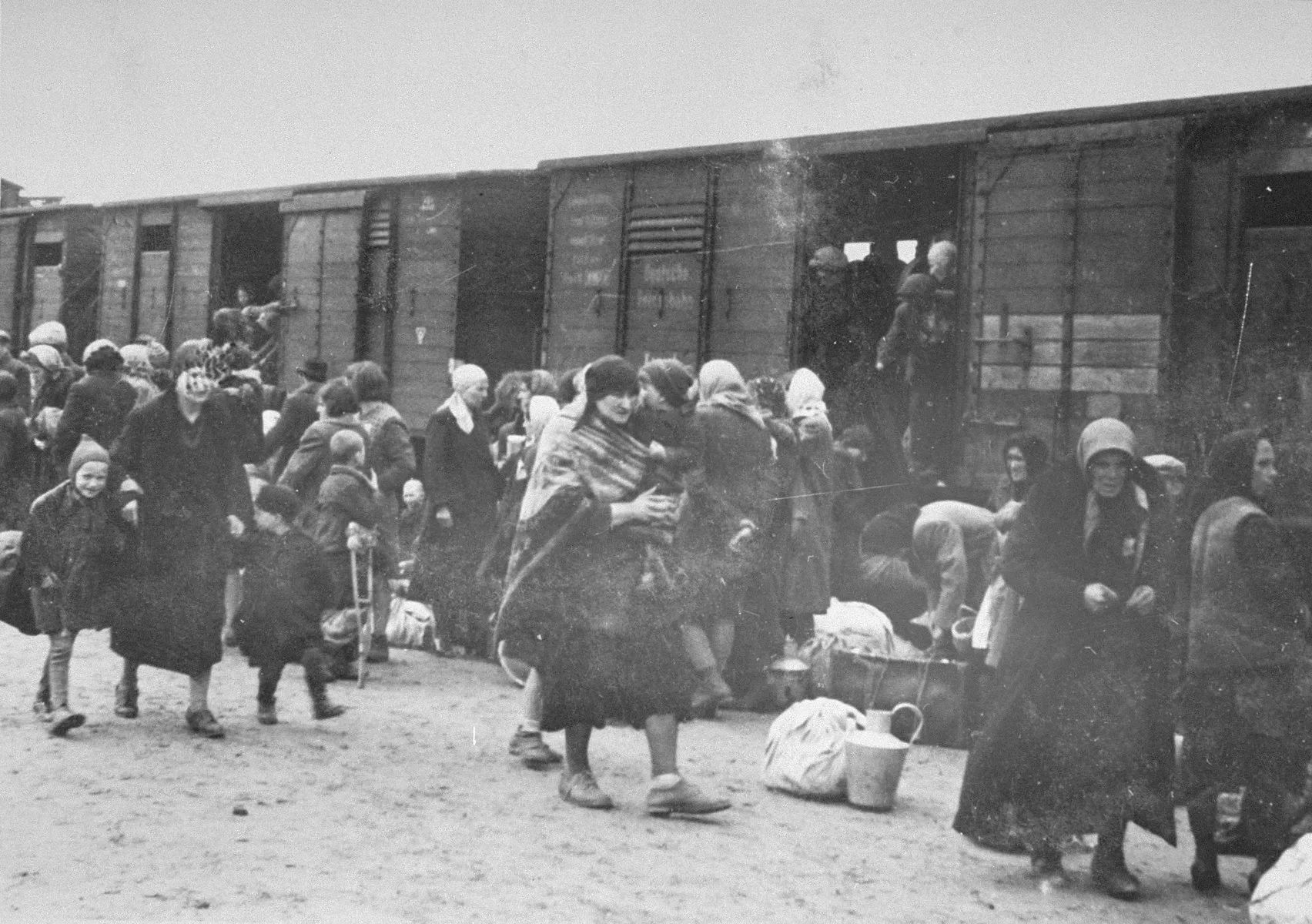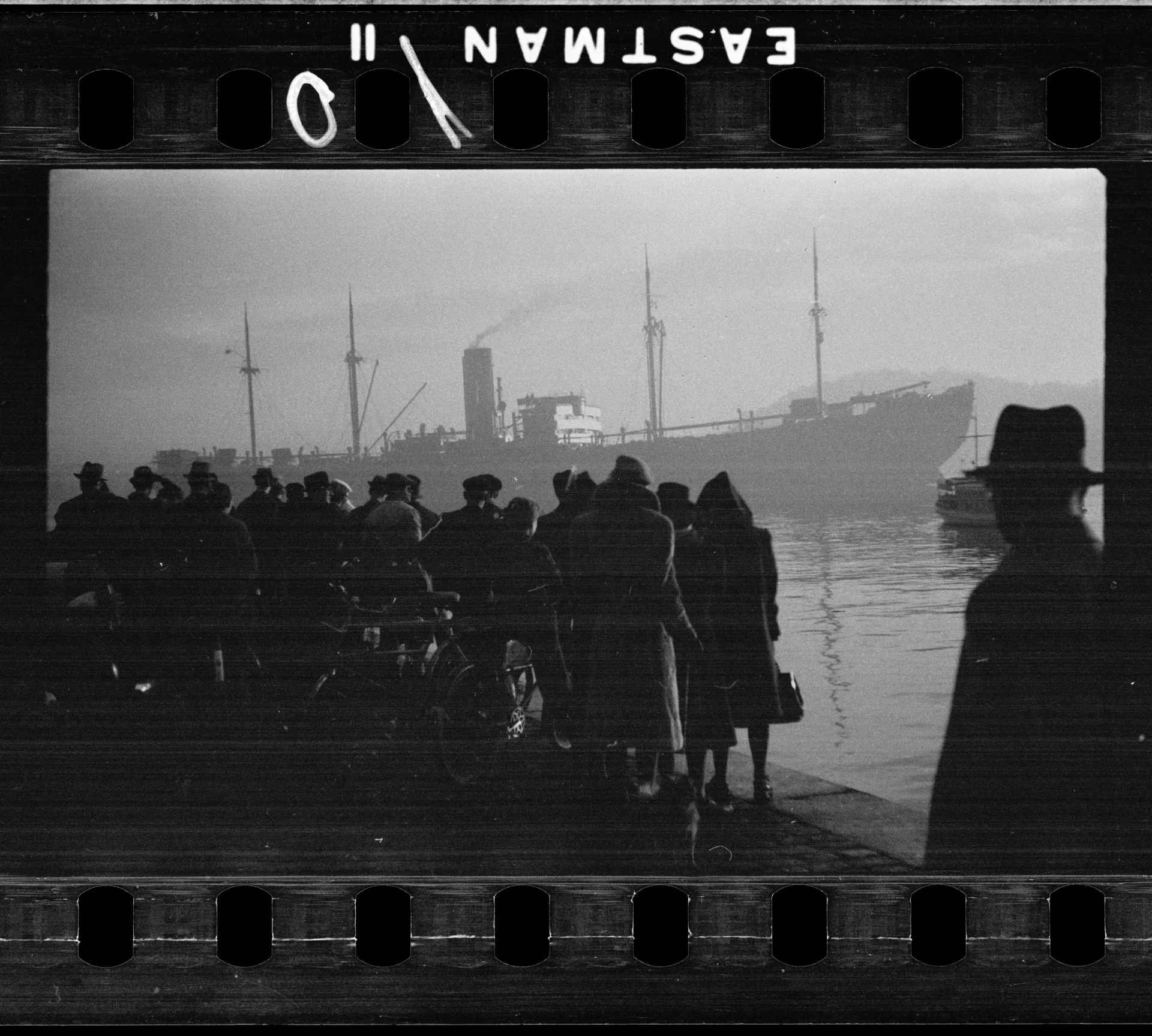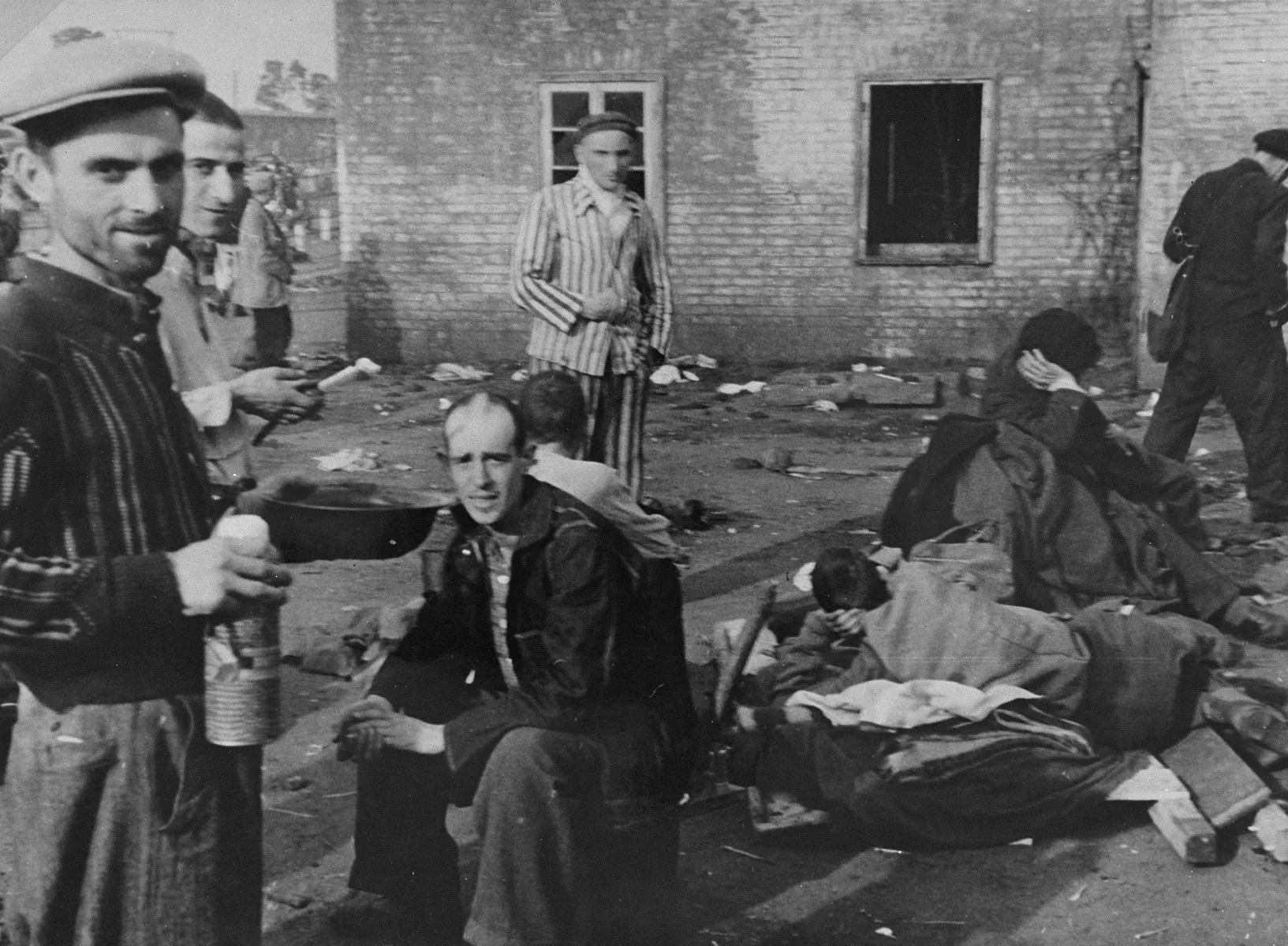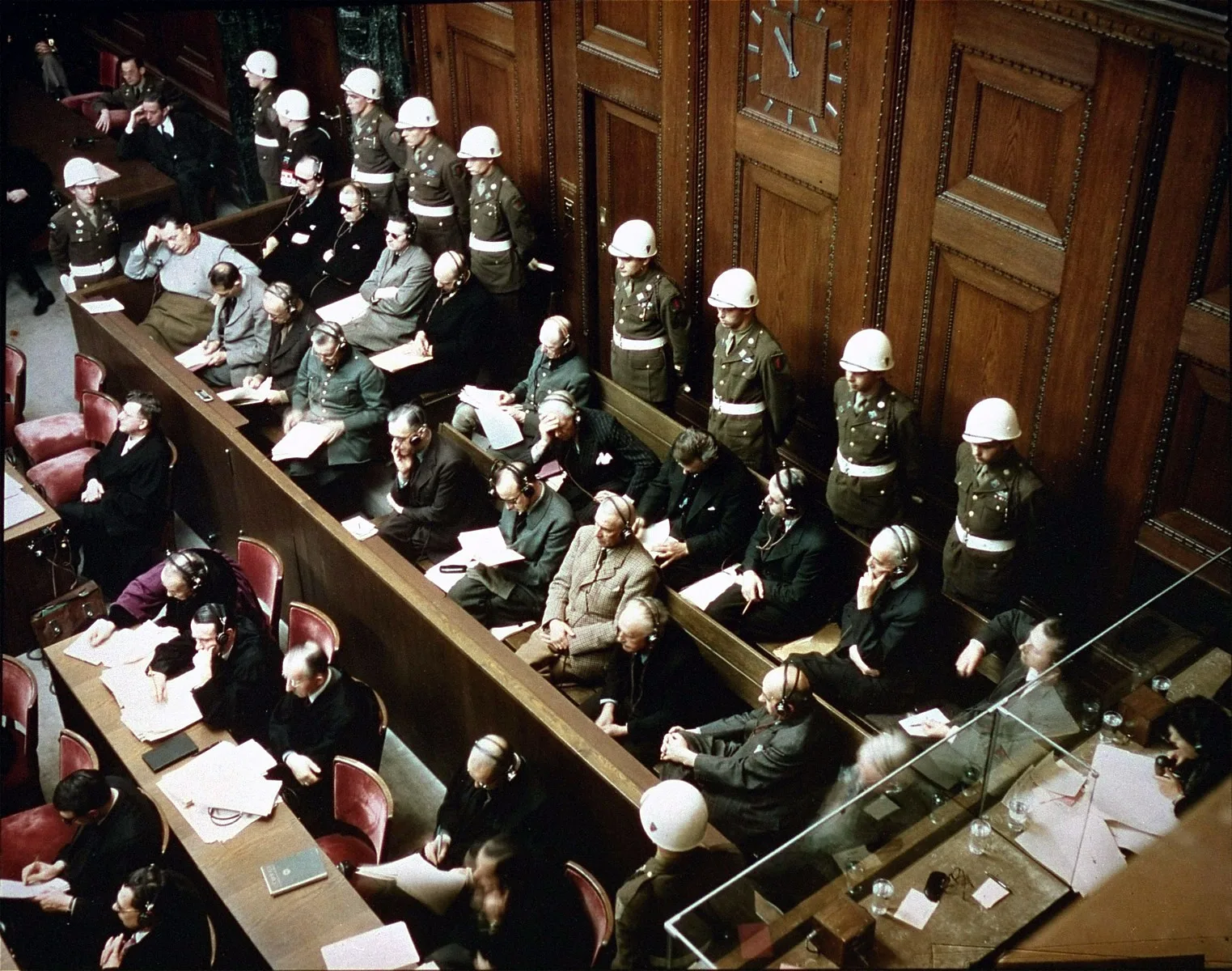Before the Second World War, there were several warning signs in the form of statements, actions, and ideological texts. Despite this, it took time before the outside world reacted. These events show how easy it is to underestimate political forces that seem insignificant at the time, and how difficult it can be to act in time. Here you can read about some of the things the Swedish press wrote about.
